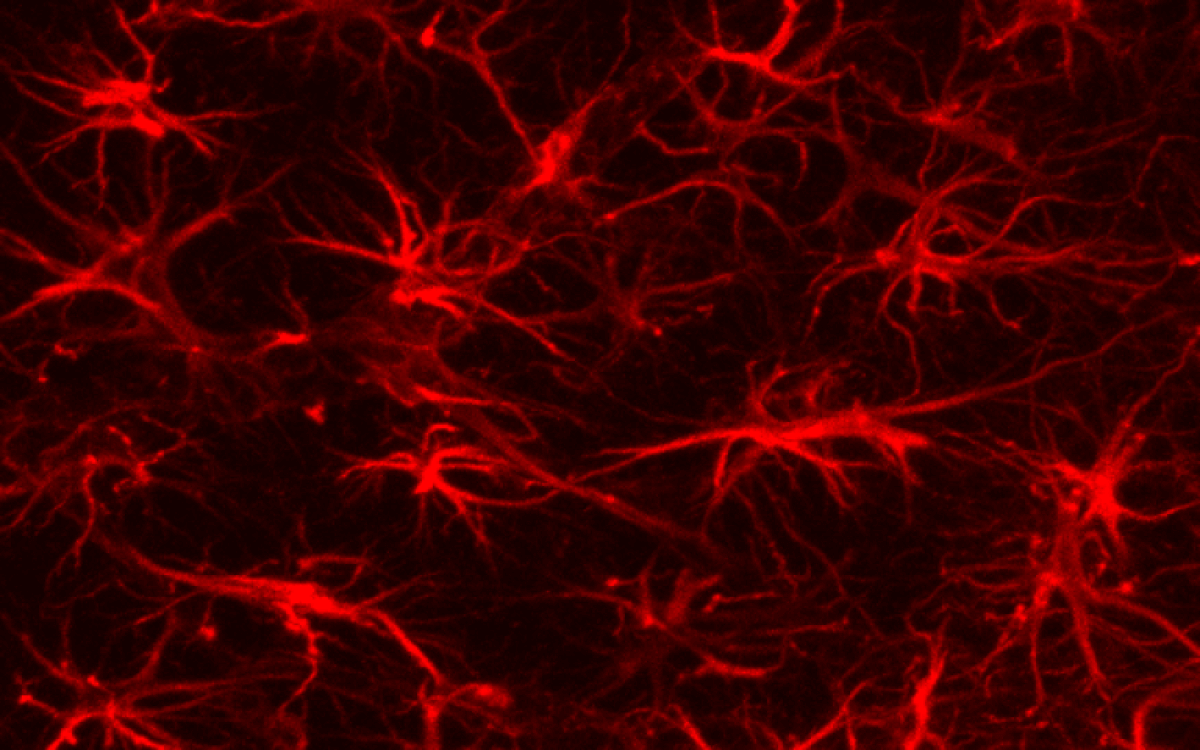LONDON — Suffering a head injury could increase the risk of developing brain cancer by up to four times, a new study warns. Scientists at University College London (UCL) say there’s a link between inflammation in the brain and dangerous mutations in brain cells which make them more likely to become cancerous tumors.
The researchers, from the UCL Cancer Institute, first analyzed changes in the brain cells of mice with head injuries before studying data on humans to support their hypothesis. The study concluded that injuries to the head may contribute to an increased risk of developing brain cancer later in life. The UCL team focused on a “rare but aggressive” form of brain tumor, called a glioma.
Gliomas are tumors which occur in neural stem cells in the brain, the stem cells of the nervous system. More mature cells such as star-shaped astrocyte cells — the most abundant cell type in the brain — have previously been considered less likely to give rise to tumors. However, more recent studies have shown that, following injury, astrocytes can revert to exhibit the behavior of stem cells.

One gene may be key to suppressing cancer
The researchers decided to test this hypothesis by injecting young adult mice with a substance which permanently labels astrocytes in red and disabled a gene (p53) believed to be crucial in suppressing many different cancers. Researchers treated a control group of mice the same way, but with their p53 left intact. A third group had their p53 gene deactivated but these animals did not have any head trauma.
The scientists found that the astrocyte cells in the mice with previous head trauma reverted into stem cells, showing signs of early glioma cells which could divide.
“Our research suggests that a brain trauma may contribute to an increased risk of developing brain cancer in later life,” says Professor Simona Parrinello, Head of the Samantha Dickson Brain Cancer Unit and co-lead of the Cancer Research UK Brain Tumor Center of Excellence, in a university release.
“Normally astrocytes are highly branched – they take their name from stars – but what we found was that without p53 and only after an injury the astrocytes had retracted their branches and become more rounded. They weren’t quite stem cell-like, but something had changed. So we let the mice age, then looked at the cells again and saw that they had completely reverted to a stem-like state with markers of early glioma cells that could divide.”
The risk of brain cancer is still low
These findings suggest that mutations in certain genes “synergized” with brain inflammation resulting from an injury and increased over time to make astrocytes more likely to trigger cancer. Furthermore, when the team injected mice with a solution which causes inflammation, this process changing astrocytes to display more stem cell-like behavior accelerated.
The study, published in the journal Current Biology, then turned to evidence pointing towards a similar hypothesis in humans. Researchers studied the medical records of more than 20,000 people diagnosed with head injuries — comparing the rate of brain cancer with a healthy control group who matched them in age, sex, and socioeconomic status. This analysis showed that those patients who experienced a head injury were nearly four times more likely to develop brain cancer later in life than those with no such trauma.
However, the study team emphasizes the fact that the risk of developing brain cancer is low overall, estimated at less than one percent over a lifetime. Therefore, the risk, even after an injury, is still modest.
“We know that normal tissues carry many mutations which seem to just sit there and not have any major effects. Our findings suggest that if on top of those mutations, an injury occurs, it creates a synergistic effect,” Prof. Parrinello continues.
“In a young brain, basal inflammation is low so the mutations seem to be kept in check even after a serious brain injury. However, upon ageing, our mouse work suggests that inflammation increases throughout the brain but more intensely at the site of the earlier injury. This may reach a certain threshold after which the mutation now begins to manifest itself.”
South West News Service writer James Gamble contributed to this report.

